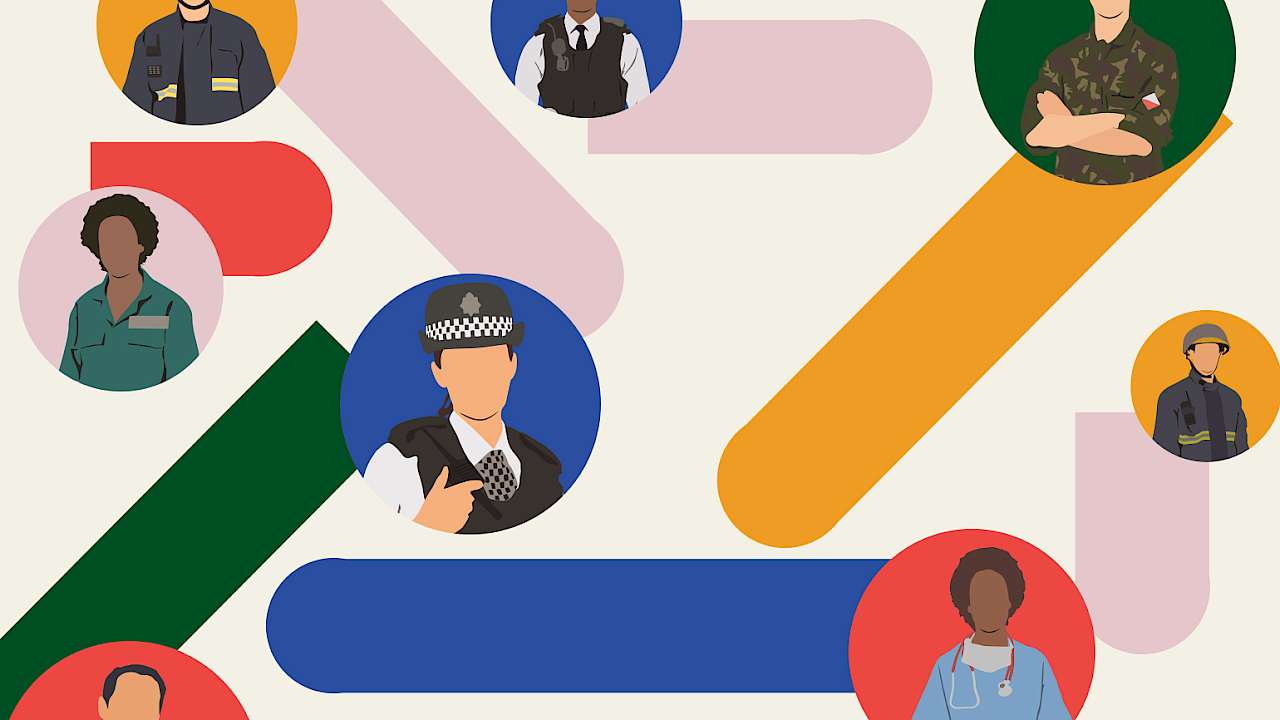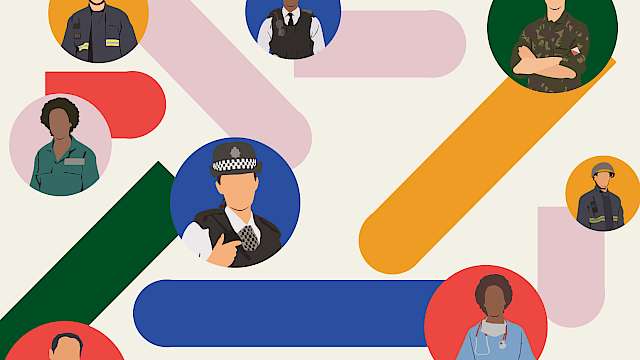Effective emergency response is of vital important to public life. Complex emergencies require emergency teams to temporarily combine their expertise to deal with a situation that would otherwise be impossible to manage by a single team, demanding effective collaboration within as well as across teams.
In 2012, JESIP was established to improve joint working between the emergency services in response to government-level acknowledgement that the emergency services had not been working well together at major incidents (for example, see the Pollock report). The focus of JESIP since its inception has been the development of the Joint Doctrine. This doctrine provides emergency responders with a framework for the actions they should take when working together. However, despite JESIPs best efforts, public enquiries have repeatedly identified that JESIP has not been properly embedded. Pollock warned that procedural changes alone were not enough to achieve effective interoperability and argued that for interoperability to be fully embedded, there also needed to be a concerted effort to shape organisational culture, attitudes, values, and beliefs.
Furthermore, the Manchester Inquiry has been critical of JESIP for failing to be embedded into the ‘muscle memory’ of the emergency services. Hence, work needs to be done to understand where the failures of interoperability lie.
This CREST guide comes from the Systematic Review. To read the full list of references and table of definitions, you can view the Systematic Review here:
https://sway.office.com/Zcrn7EUlHZFvwyyv?ref=Link
Read more
Brown, O., Power, N., and Conchie, S.M., (2021). Communication and coordination across event phases: A multi.team system emergency response. Journal of Occupational and Organizational Psychology, 94(3), 591–615.
Conroy, S., Helne, C.A., Shore, L., and Stelman, S. (2017). Where there is light, there is dark: a review of the detrimental outcomes of high organizational identification. Journal of Organizational Behavior, 38, 184-203.
Davidson, L., Carter, H., Drury, J., Amlot, R., and Haslam, S., (2022). Advancing a social identity perspective on interoperability in the emergency services: Evidence from the Pandemic Multi-Agency Response Teams during the UK COVID-19 response. International Journal of Disaster Risk Reduction, 77. Article 103101
House, A., Power, N., and Alison, L., (2014). A systematic review of the potential hurdles of interoperability to the emergency services in major incidents: Recommendations for solutions and alternatives. Cognition, Technology and Work, 16(3), 319–335.
JESIP, (2021). Joint Doctrine: The Interoperability Framework (3rd edition). Home Office: London
Power, N., (2018). Extreme teams: Toward a greater understanding of multiagency teamwork during major emergencies and disasters. American Psychologist., 73(4), 478–490.
Power, N., and Alison, L. (2017a). Offence or defence? approach and avoid goals in the multi-agency emergency response to a simulated terrorism attack. Journal of Occupational and Organizational Psychology, 90(1), 51-76.
Pollock, K., (2013). Review of Persistent Lessons Identified Relating to Interoperability from Emergencies and Major Incidents since 1986. Cabinet Office, London.
Saunders, S.J., (2022). Manchester Arena Inquiry Volume 2: Emergency Response (No. 2). Home Office, London.
Wilkinson, B., Cohen.Hatton, S.R., and Honey, R.C., (2019). Decision.making in multi.agency groups at simulated major incident emergencies: In situ analysis of adherence to UK doctrine. Journal of Contingencies and Crisis Management, 27(4), 306–316.
Copyright Information
page 1: ©2023 R. Stevens / CREST (CC BY-SA 4.0)
pages 2,6,7,8: © IRStone | stock.adobe.com






